The United States is one of the most influential nations in the world, admired for its culture, landscapes, and innovations. It also faces challenges that frustrate both its citizens and outside observers. Looking at both sides paints a more completepicture of life in America. Here are ten things to love about the USA and ten things that people cannot stand.
Stunning natural landscapes

The United States contains a wide variety of landscapes that attract millions of visitors each year. From the red rocks of Arizona’s Grand Canyon to the towering mountains of the Rocky Mountains, the scenery is breathtaking and diverse. People can explore dense forests in the Pacific Northwest, sandy beaches in Florida, or icy glaciers in Alaska. This natural diversity is unique because few countries contain deserts, grasslands, wetlands, and snow-covered peaks within the same borders, making America a dream destination for travelers who love the outdoors.
Freedom of speech
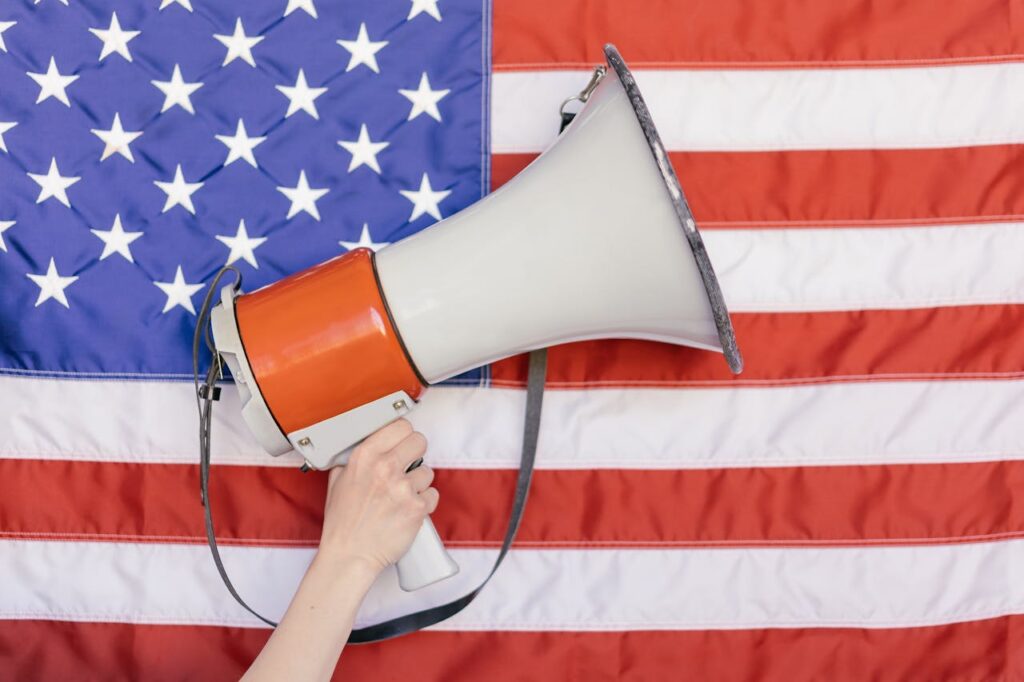
One of the most respected parts of American identity is the protection of free speech. Citizens have the legal right to criticize leaders, debate politics, and express personal views without fear of being silenced by the government. This freedom has shaped countless cultural movements and driven progress over time. While arguments about what counts asfree speech often arise, the principle is seen as a foundation of democracy. It ensures open conversations, protects writers and journalists, and allows individuals to share their opinions widely.
Innovation and technology
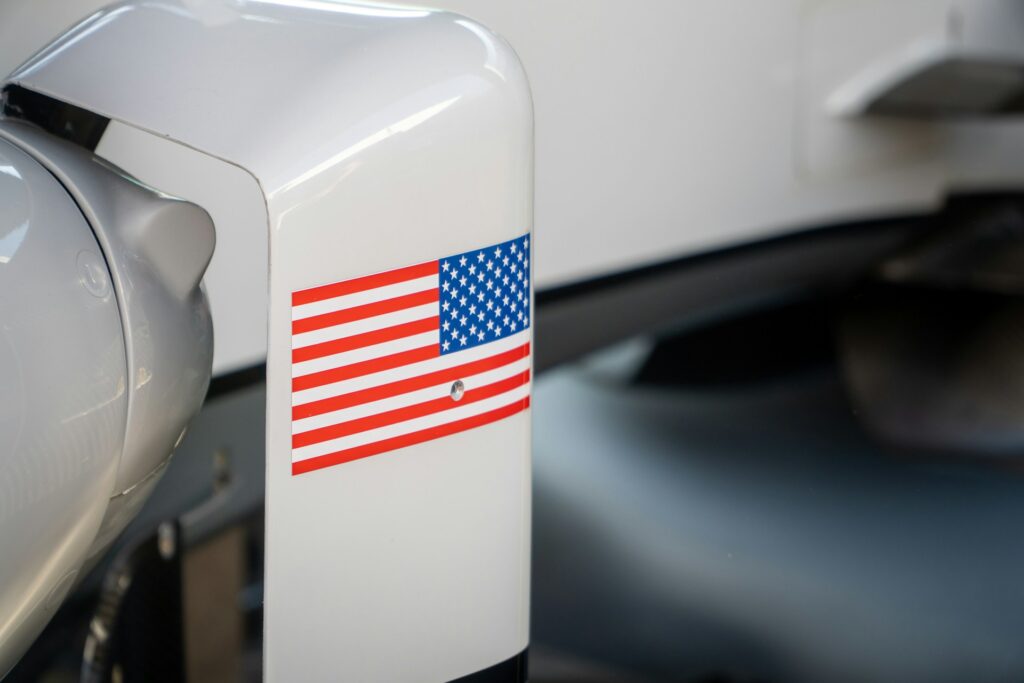
The USA has long been a hub for innovation that changes everyday life. The development of the airplane, the creation of the internet, and the rise of modern smartphones all began with American research and ideas. Companies continue to produce leading technologies in computing, medicine, and energy. The culture of entrepreneurship is supported by strong investment networks and an appetite for risk-taking. This spirit has helped build companies that shape the modern world, influencing not just the American way of life but also global progress.
Food diversity

Food in the United States represents its history of immigration and cultural blending. Every major city has a mix of cuisines, from Mexican tacos to Chinese noodles to Middle Eastern falafel. At the same time, regional specialties likeNew Orleans gumbo, Texas barbecue, and New England clam chowder add local flavor. While fast food is often criticized, the variety available across the nation makes the USA a leader in global food culture. People can sample authentic international dishes without leaving their neighborhood, reflecting America’s multicultural heritage.
Space exploration

Space exploration is one of the areas where the USA has consistently led. The Apollo program achieved the first human landing on the moon in 1969, a moment that remains a symbol of progress. Today, space programs continue to launch telescopes, satellites, and missions that expand our knowledge of the universe. Private companies also play a growing role in advancing rockets and planning for Mars exploration. These efforts inspire younger generations to study science and technology while reinforcing America’s reputation as a pioneer in exploring beyond Earth.
Music and entertainment
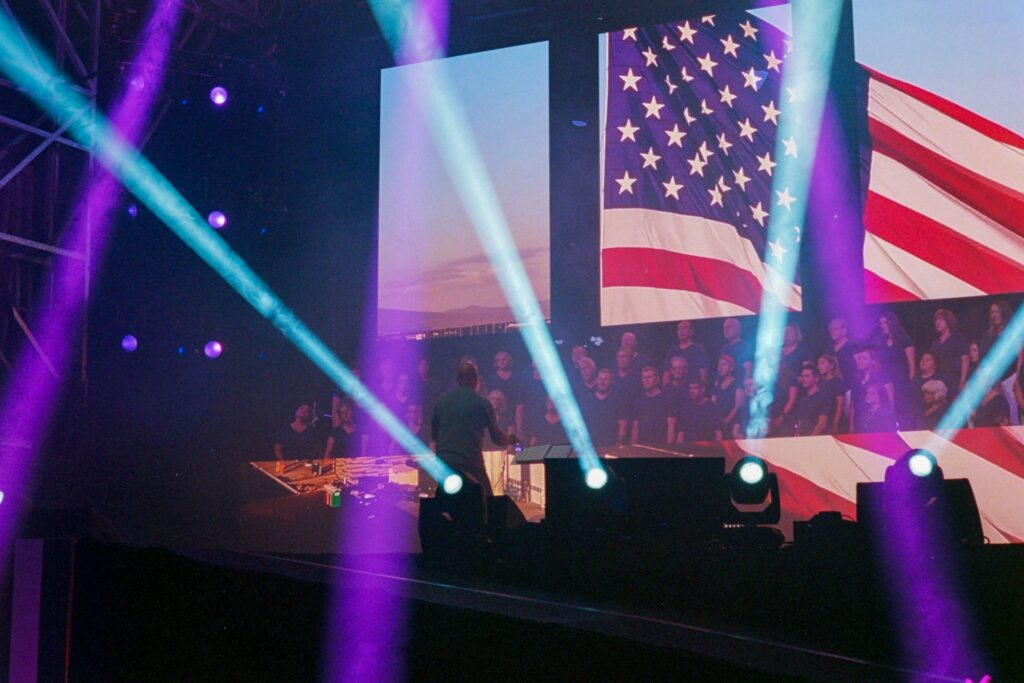
The entertainment industry in the USA has shaped culture around the world. Hollywood movies dominate international box offices, while American television shows are streamed globally. Music styles such as jazz, rock, hip hop, and country all started in the USA and grew into international phenomena. Festivals, concerts, and Broadway theaters draw millions of fans. The creative output provides not only entertainment but also economic growth and millions of jobs. American artists frequently set global trends, proving the lasting influence of the country’s music and film industries.
Strong sense of community during crises

Despite political and cultural divides, Americans often unite when crises strike. During hurricanes, wildfires, or other disasters, communities rally to support one another. Volunteer organizations deliver food, clothing, and shelter, while individuals donate time and resources to help. This spirit of resilience shows how deeply community ties matter in the USA. Even in the face of tragedy, acts of kindness highlight the country’s values of generosity and solidarity. These responses are a reminder that cooperation can overcome hardship and strengthen bonds between people across the nation.
Higher education opportunities

The United States has built a reputation for offering advanced educational opportunities that attract people worldwide. While costs are high, many students come to study because of the resources, research, and opportunities for professional growth. Schools provide degrees in a wide range of subjects, from arts to sciences, often leading to successful careers.International graduates frequently stay to work in the USA, contributing to the economy and innovation. This steady flow of talent helps maintain the country’s reputation as a place where education can open many doors.
Sporting culture

Sports are deeply woven into American society and create strong community pride. Baseball is often called the national pastime, while basketball and football dominate television and social events. Major championships such as the Super Bowl and the World Series attract global audiences. College sports also play a big role, filling stadiums and shaping regional loyalty. Sports culture promotes teamwork, discipline, and healthy competition. For many, attending games or supporting local teams is a tradition that brings families together, making athletics one of America’s most beloved cultural elements.
Cultural influence

American culture spreads worldwide through fashion, language, entertainment, and technology. From slang terms adopted globally to the popularity of denim jeans, the USA has shaped everyday trends. Television series and films are streamedinternationally, while American fast food chains appear in cities across continents. Music from the United States dominates charts in many countries. This influence extends to technology as well, with social media platforms and devices designed by American companies becoming household staples. The country’s cultural reach ensures that its lifestyle and trends remain highly visible abroad.
Next, the 10 things we don’t like about America…
Expensive healthcare

One of the most common criticisms of life in the USA is the high cost of healthcare. Basic visits to a doctor or hospital can lead to large bills, especially for those without health insurance. Even insured individuals often face high deductibles and co-payments. Compared to many countries that provide universal healthcare, Americans frequently struggle to afford necessary treatments. Medical debt is widespread and causes financial stress for families. The system produces world-class treatments, yet access is limited by affordability, creating ongoing debates about reform and solutions.
Gun violence

Gun violence remains a serious concern across the United States. The country has some of the highest gun ownership rates in the world, and firearms are widely available. Incidents involving mass shootings make headlines frequently, sparking debates about the balance between personal rights and public safety. While some view gun ownership as essential for protection and freedom, others argue that stricter laws are necessary. Communities affected by shootings often face lasting trauma, and the issue continues to divide citizens. This ongoing challenge shapes discussions about safety and national identity.
Cost of education

Education in the United States, especially higher education, is admired for quality but criticized for cost. Many universities charge tuition fees that leave graduates burdened with large debts. Student loans often take decades to repay, limiting financial freedom for young adults. Families also struggle with private school costs and additional educational expenses. Although scholarships and aid are available, they rarely cover full tuition. As a result, many talented students cannot afford their preferred schools. The high cost of education is seen as a barrier to equal opportunity.
Income inequality

The gap between wealthy and poor Americans is one of the widest in developed nations. Billionaires and large corporations thrive while many working families struggle to cover basic needs. Homelessness and food insecurity remain problems even in wealthy cities. Critics argue that wages for middle- and lower-income workers have not kept pace with the rising cost of living. Meanwhile, wealth is concentrated among the richest households. This inequality influences politics, healthcare, and education, fueling debates about taxation, minimum wages, and whether economic growth is fairly distributed.
Political division
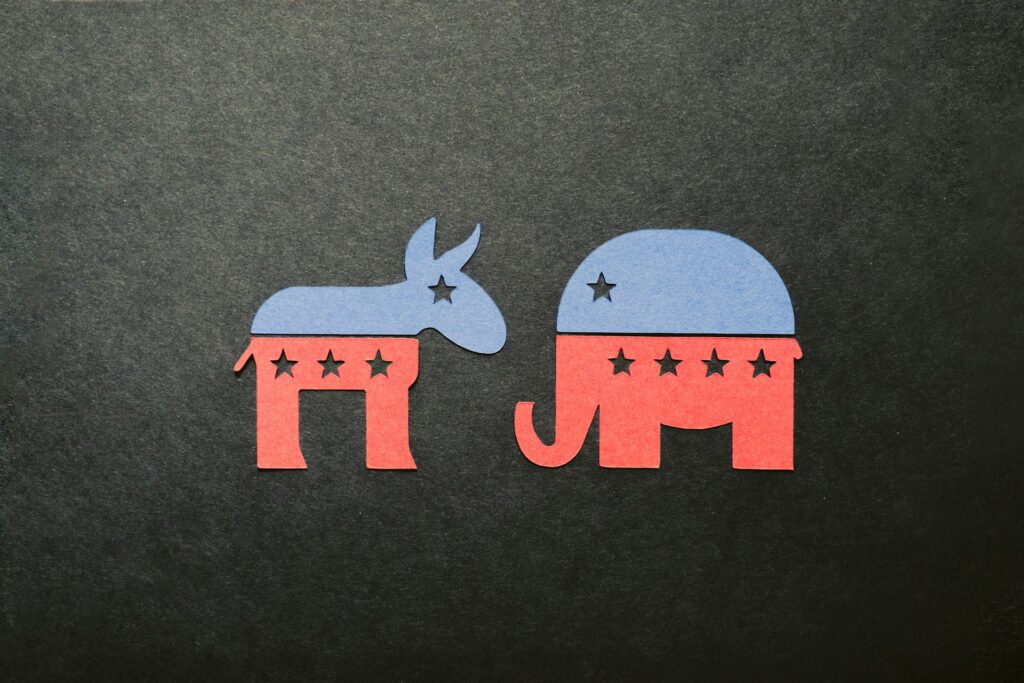
American politics has become increasingly polarized, with major parties clashing over nearly every issue. Immigration, healthcare, environmental policy, and education spark heated disagreements that often stall progress. Political debates are marked by hostility, with citizens dividing themselves sharply by ideology. Media outlets further deepen divides by catering to specific viewpoints, limiting balanced discussion. This lack of cooperation makes it harder to find solutions forpressing issues. Many citizens feel frustrated with constant conflict, and polarization has become one of the defining features of American political life.
Expensive housing

The cost of housing has climbed steadily in many American cities, leaving younger generations struggling to buy homes. Rent prices have also increased, especially in urban centers like New York, Los Angeles, and San Francisco. Affordable housing options are limited, and shortages push people farther from city centers. Rising mortgage rates and strict lending requirements make ownership more difficult. Families often spend a large portion of their income on housing, leaving less for other essentials. The lack of affordable homes is seen as a barrier to stability and growth.
Car dependency
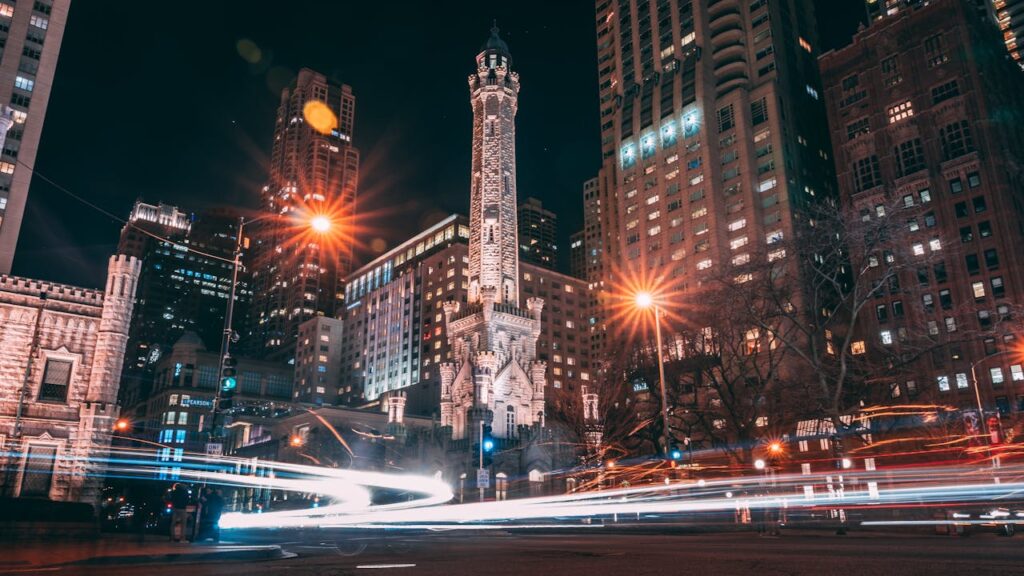
Most American cities were designed around cars, not pedestrians or public transit. As a result, people rely heavily on driving, leading to traffic congestion, air pollution, and long commutes. While some cities have bus and rail systems, they often fail to match the convenience found in other developed countries. Car dependency increases household expenses as families must pay for vehicles, insurance, and fuel. Pedestrian-friendly neighborhoods exist, but are limited. Many argue for better public transportation investments, yet progress is slow, leaving the USA dependent on cars for daily life.
Work culture and limited vacation

Work culture in the USA emphasizes long hours and productivity, often at the expense of rest. Compared to other developed nations, American workers receive fewer paid vacation days. Many employees hesitate to take time off, fearing they might lose opportunities or fall behind. This lack of work-life balance contributes to stress and burnout. Even holidays are sometimes shortened or skipped to keep up with workplace demands. Critics argue that more flexible schedules and extended leave policies would improve mental health, family life, and overall productivity in the workforce.
Fast food dominance

The United States is famous for fast food, but its dominance has created health problems. Burgers, fries, and sugary drinks are inexpensive and convenient, making them a frequent choice for busy families. However, diets heavy in fast food are linked to obesity, diabetes, and heart disease. Fresh and healthy foods are available but often cost more, especially in low-income communities. This has created a cycle where processed meals remain the default. While fast food is part of American culture, its prevalence highlights ongoing challenges in public health.
Lack of universal childcare and family support

Families in the USA often struggle to afford childcare, as costs can rival or exceed housing expenses. National policies do not guarantee paid maternity or paternity leave, leaving many parents without financial support after welcoming a child. This lack of safety nets makes balancing work and family responsibilities difficult. Some employers offer benefits, but they vary widely. Compared to nations that provide universal childcare or family allowances, the USA lags in supporting parents. The absence of these services places pressure on households and limits opportunities for children.
Disclaimer: This article was created with AI assistance and edited by a human for accuracy and clarity.

